Engagement Ring - In Progress
Setting
Stone
Limited Time! Purchase any Engagement Ring and Receive a $250 Gift Card & Premier VIP Bundle.
We guarantee that every single purchase directly impacts one person's life by giving them access to clean water.
Asscher diamonds are square shaped diamonds with clipped corners and mirror-like facets. They are one of only two “step” cuts of the ten standard diamond shapes. Step cut stones have long rectangular and trapezoid facets that shimmer like a hall of mirrors.
Asscher is pronounced more like “Asher” (ASH-hur). If you’ve been pronouncing it wrong – you’re not alone! When I first entered the industry, I tried pronouncing it like a Cher tribute. But alas, her Heart of Stone wasn’t this pretty square shape. Oops! So, when pronouncing Asscher, you can simply leave out the extra “sc” in your head.
Asscher diamonds can have 57, 65, or 74 facets, depending upon the number of steps in its bottom (“pavilion”). There is no “right” or “better” option – they are just different looks! So, if you like a tighter, more pinstriped look to your steps, choose the 65 facet or 74 “Royal Asscher” pattern. Or, if you like a more open look with bigger flashes, choose the 57! It’s all personal preference.
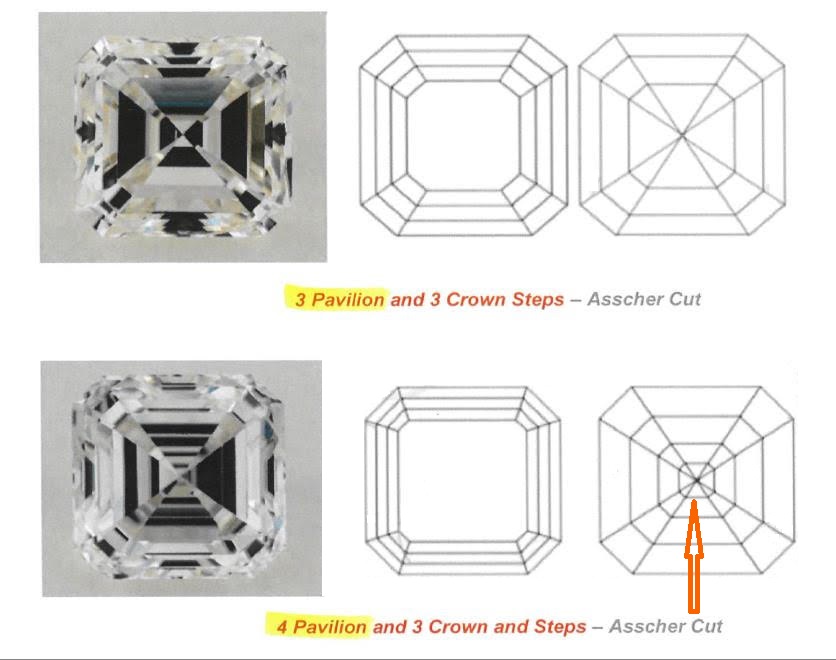
Asschers are squares with clipped corners and alternating dark/light steps of facets. They can have wide corners, making them look more octagonal. Or, they can have small corners, making them look like a trimmed square. Those in the jewelry industry tends to prefer wide cornered Asschers. However, it is completely personal preference!
Not really – they “shimmer” more than they “sparkle”. Asscher cuts are made to exude an understated elegance. They were not designed to maximize sparkle. So if “sparkle” is your goal, check out a square radiant! Square radiants have the same outline as an Asscher – a clipped corner square – but, they also have brilliant facets for max sparkle.

In addition to standard parameters (white, eye clean, depth of less than 70%, table less than 68%), the best Asscher cut diamonds have evenly spaced steps, with alternating contrast/brilliance, and “windmill” effect corners. Unfortunately, these more nuanced quality factors are not listed on the GIA Report. But, you can learn them easily! Check it out:
Asschers require evenly spaced “steps” to maximize beauty. Otherwise, they look uneven and distracting. So, in order to make sure your stone has even steps, take a look at the spaces between them. Are they about the same width? Or, are some of those facets wider than others? For maximum beauty, make sure those facets are about equal.
The next step (heh, get it?) is to look for alternating dark/light steps in your stone. Yes, you read right – you actually want some darkness in your stone. That is what gives your stone shimmer! “Contrast” is the dark background that makes “brilliance” (the white areas) pop. In fact, stones without enough contrast look “dead” and do not shimmer. You can see that here:
The best Asschers have an undulating “windmill” effect, created by the corner facets connecting with the middle of the diamond. And, it looks like one of those charming Dutch windmills! Almost all Asschers have windmill effect, however be on the lookout for the random stone whose corner facets stop short of the point (culet). Lack of windmill effect is sometimes this is okay. But many times the lack of windmill effect creates a watery dead zone. So, always check for your contrast! And make sure you like the pattern.
Ooh La La: Step cut square stones with sharp corners and no windmill effect are called “carre” (KAY-ray) diamonds.

Emerald cuts are typically long and rectangular, whereas Asscher cuts are square! That’s the easy answer. But then what is a square emerald cut? Are they the same as an Asscher? Kind of, and both will say “Square Emerald Cut” on their certifications. And, while Square Emerald and Asscher are very frequently used interchangeably, technically, they’re not the same. True Asscher diamonds have a higher crowns (tops) and smaller tables than Square Emeralds, offering more rainbow shimmer. “Royal Asschers” have 74 facets. And, Square Emerald cuts tend to be a bit less even and a bit less square (over 1.03 ratio).
Not in theory, however, because Asschers are rarer than Emeralds, you may pay more if you’re not willing to wait for a value. Both Asschers and Emeralds require a higher color and clarity to be “white and eye clean”. So, you’re probably looking at G+ color and VS1+ clarity. This is a little higher than brilliant cut stones (like Round, Oval, etc.) require to be white and eye clean. As a result, Asschers and Emeralds can be more expensive than other brilliant cut stones. So, if you find yourself a gorgeous G/VS1 Asscher, jump on it!
Yes! Asschers make up less than 1% of diamonds available on the market today. And, well cut Asschers are a small percentage of even that. So, finding a gorgeous Asscher can take a second. But when you do, they’re drop dead gorgeous. Want more help finding a stunning, rare Asscher? Email me here with your parameters! I’ll run a custom curated search to find you the best of the best.
White, eye clean, natural Asscher diamonds begin around $3,000 on our site, and lab Asscher diamonds of a similar quality begin around $2,000. However, Asschers, like all diamonds, vary greatly in price depending upon their specific 4Cs (color, cut, clarity, and carat weight) as well as diamond origin (lab or natural)! Even small differences can make a pretty significant difference in price. You can read more about how to get the best bang for your buck, while getting a beautiful white, eye clean diamond here!
Hot Tip: Also, you can see some of our recommended natural Asschers here and recommended lab Asscher here (these diamonds have been selected based on maximizing beauty and bang for your buck!).

For sure! Drop us a note here, or email us at care@doamore.com! I love Asschers and would be happy to run a custom search for you to find The One! Just let us know your search parameters – or ask for help.
Verifiably Ethical & Sustainable
Guaranteed 1:1 Impact
Personalized 1:1 Customer Service
handcrafted & american-made
you before us, always
Verifiably Ethical & Sustainable
Guaranteed 1:1 Impact
Personalized 1:1 Customer Service
handcrafted & american-made
you before us, always
Thoughtfully crafted, made to last, and designed for life's most meaningful moments. LEARN MORE
Diamonds, Gemstones, & Metals
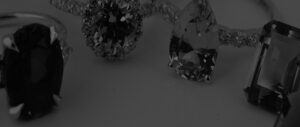
Every piece of Do Amore jewelry begins by not hurting the world. All our natural diamonds are either ethically sourced in Canada, recycled to eliminate additional demand, or accompanied by a blockchain ledger showing every hand your diamond passed through, proving your stone is truly conflict-free.
We also offer sustainable lab-created stones and guarantee all precious metals are recycled to eliminate the environmental impact of mining. Since March 2022, we carry absolutely no Russian diamonds and continue to urge the industry to follow suit.
Clean Water
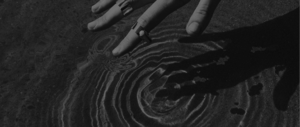
We desire to deepen the well of love in the world. We guarantee that every single purchase—whether engagement ring, wedding band, or piece of jewelry—directly impacts one person’s life by giving them access to clean water.
We do this by directly matching jewelry purchases to people in communities to ensure our funding has a one-to-one impact. We also show you the exact GPS coordinates and a photo of the water well your ring or piece of jewelry helped fund.
Customer Service
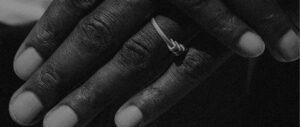
As a small, 100% founder- and employee-owned team, one-to-one encounters are at the heart of our values. Whichever way you want support throughout your engagement ring or jewelry purchase process, our team is here to accommodate you.
From high-touch to hands-off, video calls to text messages, you have our dedicated, responsive team on your side from the moment you start your search, to the day your well is built, to the time we meet again.
Engagement Rings, Bands, & Jewelry
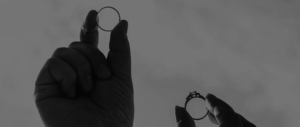
Every Do Amore design, whether one of our own or unique to you, is beautifully handcrafted in America and made specifically for you. Each ring is made to order, every time.
From classic to custom, you have the option to select from dozens of gorgeous settings or work with our design team to create something entirely bespoke. Plus, you are always covered for free inspections, polishing, cleaning, stone tightening, rhodium-plating, and resizing for life.
Our Promise
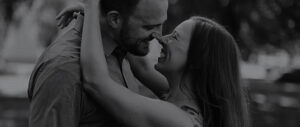
We care about what matters most to you, not what’s easiest for us. If it’s a minor change to a setting or arriving at a completely custom design, we work to ensure you get precisely what you love.
From statement-making to understated, we have options at any price point. Plus, you always have our team on your side searching to bring you every stone within your specifications. We also offer 60-day returns and a limited lifetime warranty to cover you in the rare event of a manufacturing defect.